Scientists call on people of Wales to help track spread of butterfly species
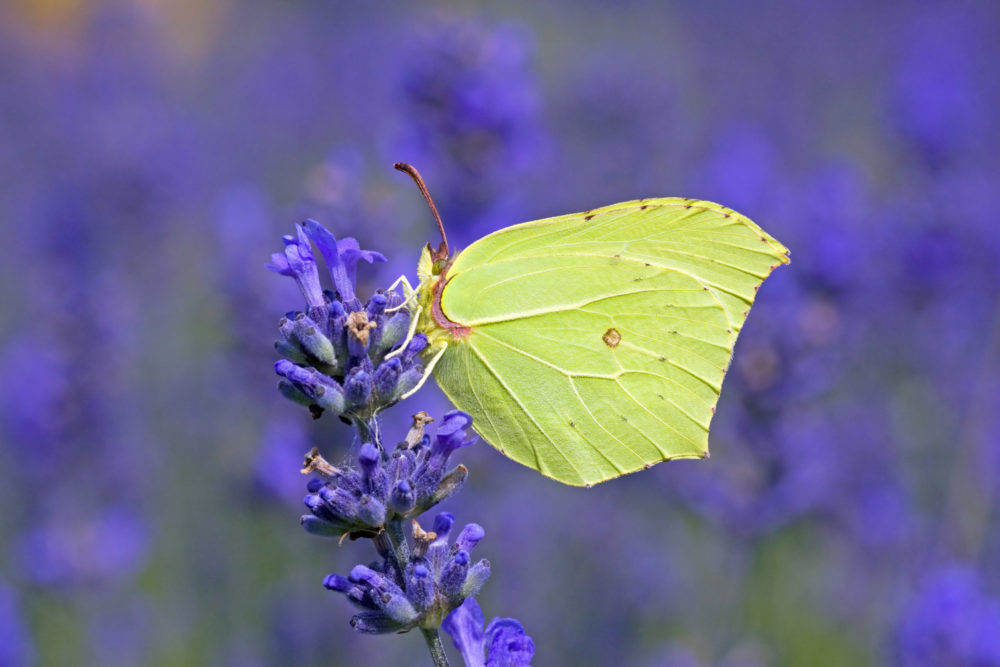
Leading wildlife charity Butterfly Conservation is calling on people across Wales to take part in this year’s Big Butterfly Count (12 July – 4 August) and help scientists understand how climate change is moving butterflies.
After analysing 50 years of data, researchers have discovered a clear northward spread for many species, including common garden favourites the Peacock, Comma and Holly Blue, the result of climate change creating warmer habitats for them to survive in.
And at the other end of the scale, species such as the Scotch Argus in Scotland are retreating northwards to stay in the cooler climes this butterfly prefers.
Changes
Last year, people across Wales carried out 5,557 counts as part of the Big Butterfly Count, spotting 63,237 butterflies and day-flying moths. The most commonly spotted species across the region included Meadow Brown, Large White, and Gatekeeper.
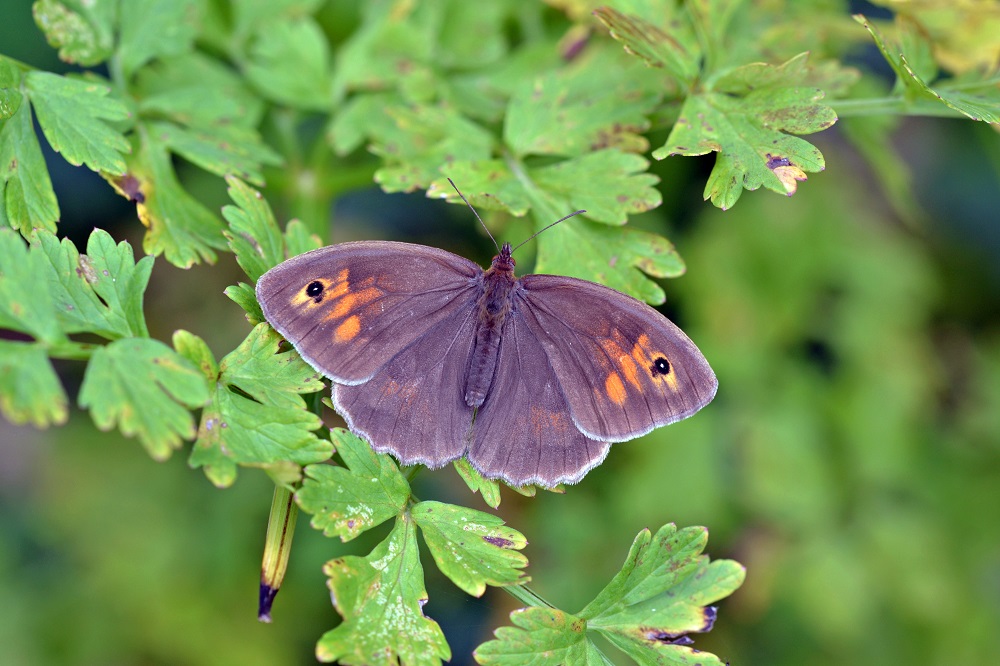
In 2023, Red Admiral showed the second greatest country level change in Wales compared with 2022, increasing by 209%, closely following another migratory species, the Silver Y moth, sightings of which were up by 257%.
Scientists need to know how these and other species are faring and moving, and are relying on the Welsh public to help.
Indicators
Butterflies are indicators of the health of our natural environment – and with half of Britain’s butterfly species already threatened or near threatened with extinction, it’s never been more important to understand how these species are responding to the changing climate and to take action to protect them.
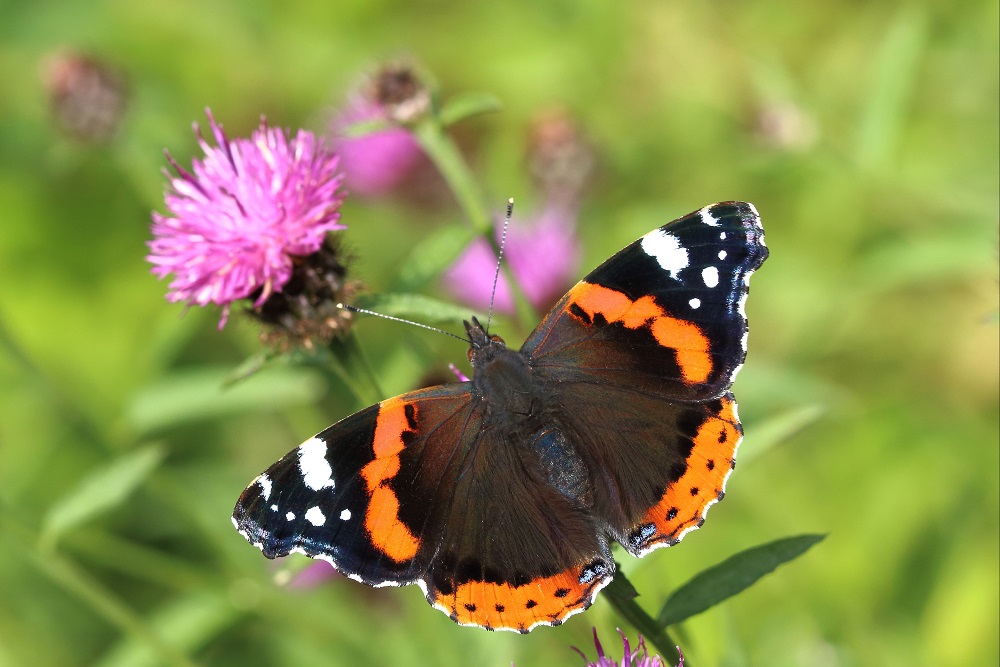
To help scientists discover more about the movement and trends of where butterflies are living, the public are being asked to spend 15 minutes in any sunny spot and record the number and type of butterflies they see this summer.
Dr Zoë Randle, Senior Surveys Officer at Butterfly Conservation explains: “Thirty years ago you wouldn’t have seen a Holly Blue in Scotland, now it has expanded where it lives across the UK by 34%, increasingly spreading northward.
“And the Red Admiral, which was once a migratory species most commonly seen in southern England in the summer and then leaving for Europe in the winter, is now living in the UK all year round, resulting in a three-fold increase in their numbers.
“We’re also seeing other species which have previously suffered severe declines, such as the Comma, recovering, with a huge increase of 94% in where it is found. These highly adaptable species are all able to move into new places as the climate warms, but for habitat specific species, these trends raise serious red flags.
“Species that rely on particular habitats aren’t able to move as freely as our garden favourites. This means that if climate change continues, they could become trapped in isolated fragments of remaining habitat, unable to move and with their food plants at risk from adverse weather conditions, facing the very real threat of extinction.”
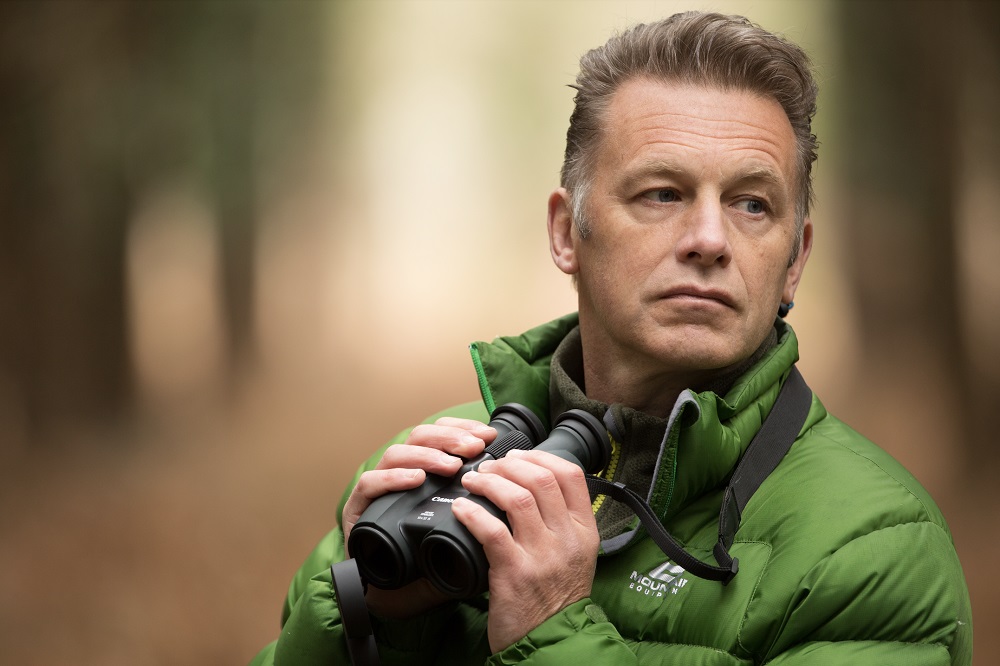
Butterfly Conservation Vice President, Chris Packham, who today launches this year’s Big Butterfly Count, explains: “Butterflies are on the move, and there’s no doubt that climate breakdown is behind these geographic shifts.
“We know nature is running out of time, so we need to act now. We need you to get out for the Big Butterfly Count, let us know what you spot and where you spot it. You will be gathering the important data we need to see what the latest impacts are on our butterflies and moths, so that we can take the action needed to protect them.”
Wide support
Chris Packham is not alone in his support for the Big Butterfly Count, as President of Butterfly Conservation, Sir David Attenborough has shared poignant messages in his support of the Count over the years.
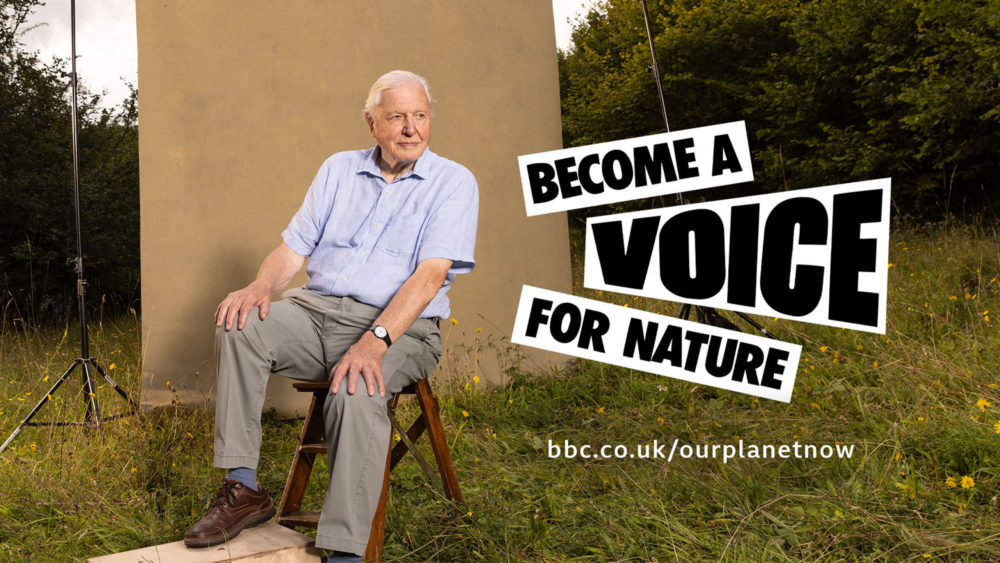
Sir David said: “The UK is a nation of amateur naturalists, and we have a proud tradition of celebrating and studying our wildlife. Every single person taking part in the Big Butterfly Count helps to build a picture of how butterflies are faring and how we can best conserve them.
“A few precious moments spent watching a stunning Red Admiral or Peacock butterfly feeding amongst the flowers in my garden never fails to bring me great pleasure.”
Other famous faces to have taken part or supported the Big Butterfly Count over the last few years include King Charles and Princess Charlotte, Butterfly Conservation Vice President Dr Amir Khan, and even Winnie the Pooh!
Butterfly Conservation’s Big Butterfly Count is the largest citizen-science project of its kind and is a positive action everyone can do to help collect important scientific data, as well as enjoy time outdoors, connect with nature and have fun.
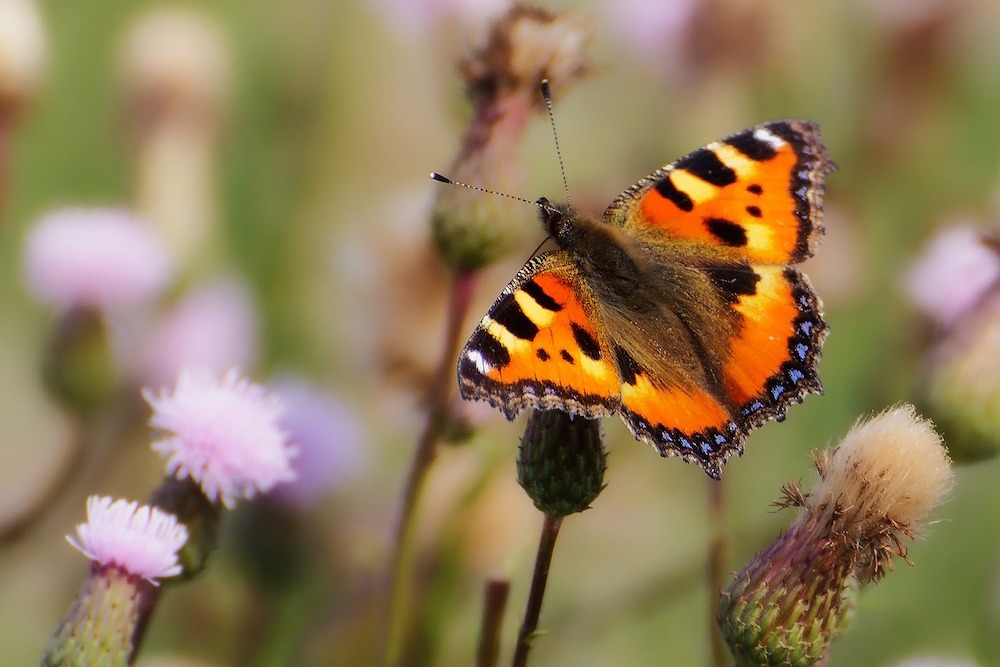
Whether done with friends and family, or in a moment of quiet calm and solitude, the Big Butterfly Count is free, fun and takes just 15 minutes.
It is open to anyone, of any age, in any part of the UK – towns, cities or the countryside. No green space is too small – a back garden, a small terrace or balcony with some pot plants, a public park, allotment, or country lane are all important spaces to explore, track and report.
Citizen science
Last year more than 135,000 Counts took place up and down the country, with participants spending a combined total of almost four years counting butterflies.
The information gathered helps scientists to understand how butterflies and moths are faring, informs conservation projects, government policies and supports other experts with their research and vital work to protect our planet.
Dr Zoë Randle said: “In total, over 1.5 million butterflies and day-flying moths were recorded in last year’s Count, where the Red Admiral reigned supreme with almost 250,000 sightings.
“We’re wondering whether someone in Wales this year will be the first to spot a new species in their area, and what the results will show for our butterflies and moths across the UK.”
This year’s Big Butterfly Count runs from Friday 12 July – Sunday 4 August. For more information and to take part simply visit www.bigbutterflycount.org or download the free Big Butterfly Count app.
Support our Nation today
For the price of a cup of coffee a month you can help us create an independent, not-for-profit, national news service for the people of Wales, by the people of Wales.




